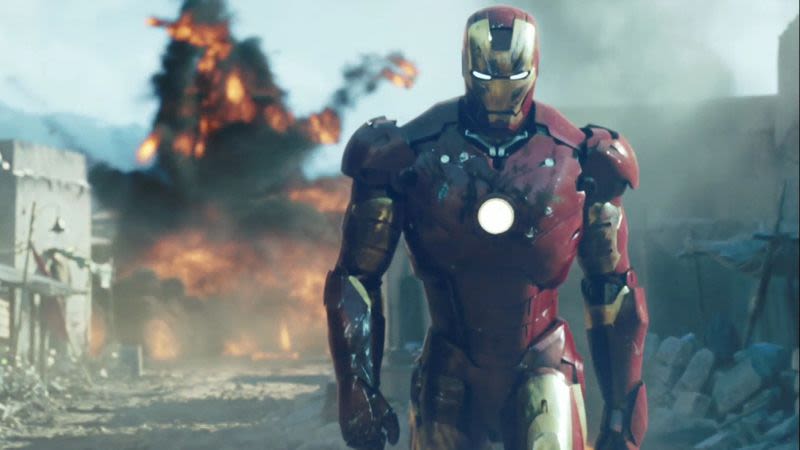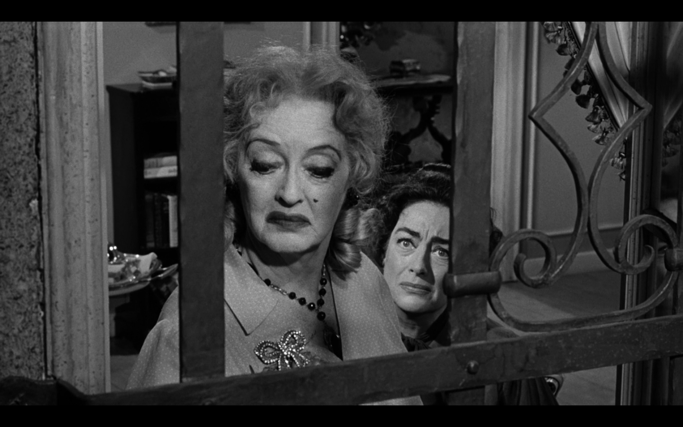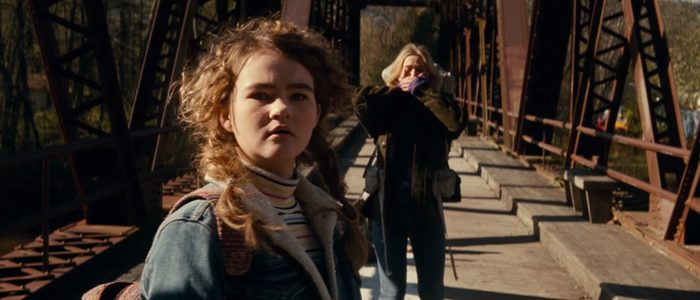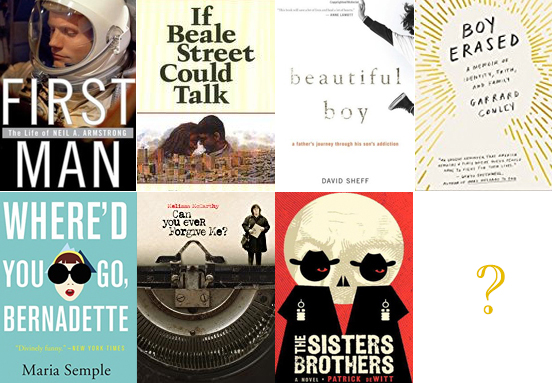Blueprints: "Iron Man"
 Thursday, May 31, 2018 at 8:00PM
Thursday, May 31, 2018 at 8:00PM To celebrate a decade of Marvel movies, Jorge goes back to the movie that started it all...

On May 2nd, the original Iron Man celebrated the 10th anniversary of its release. The film as the first official movie of Marvel Studios and the one that kick started and eventually allowed the completely transformed film landscape of today. It is now ten years, eighteen films, and a multibillion-dollar acquisition later.
So to celebrate (or condemn; whatever side of the argument you land in), let’s go back to the screenplay for the movie, and examine how scripts describe and develop action scenes; sequences that mostly rely on visual cues rather than description or dialogue...
 Adaptations,
Adaptations,  Blueprints,
Blueprints,  Iron Man,
Iron Man,  Marvel,
Marvel,  Screenplays,
Screenplays,  superheroes
superheroes 





